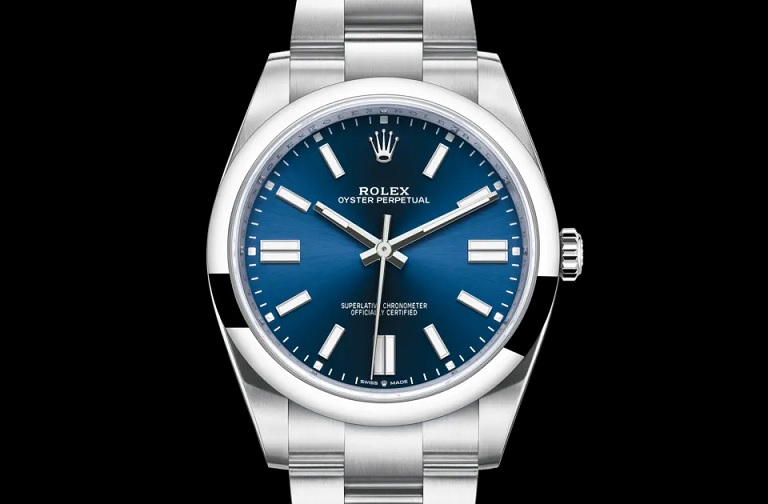Have you ever wondered how a diamond gets its radiance? Of course, the sparkling nature of diamonds is simply incontrovertible. As a diamond buyer, you will check its radiance before buying it. But do you know how a diamond gets its sparkling nature? Let’s understand the concept of the sparkling nature of diamonds:
When it comes to the science behind diamonds, sparkle is actually made of 3 things. These are brilliance, sparkling, and fire. It is important to understand these 3 different things in order to know why or how diamonds sparkle.
- Fire: When the light comes across diamonds, its features serve as a prism and divert that light. This way, you will see multi-colored sparkles produced by diamonds. There may be different colors produced by diamonds like red, yellow, orange, green, yellow, blue, and violet. This combination is called fire.
- Brilliance: It is the white light-reflective feature of a diamond’s sparkle. This feature comes from the external and internal reflection of white light off a facet of diamonds. It is the brilliance, which develops bright white flashes. This is how diamonds are capable of getting their signature look.
- Scintillation: It is defined as the play of light across the facets of stones. We can see it in motion. For a glance, when a piece of diamond, a viewer, or lighting moves, we can observe its scintillation. The most interesting thing is that it is helpful to add sparkle and life to diamonds.
What is the difference between flash scintillation and fire scintillation?
Flash scintillation is defined as the visibility of the white light on the crown of a diamond. On the other side, fire scintillation is referred to as the visibility of the colored light on the diamond’s crown. It has been seen that shapes with lots of small facets would have more fire scintillation. If you have a shape of a diamond with larger crown facets, it tends to have more flash scintillation and reflect more white light than colored light. In the case of moissanite, it tends to have more fire scintillation as compared to diamonds and they will reflect more colored light as compared to white light.
The concept of the 4Cs
A diamond buyer must have to think of the diamond’s sparkle. What you need to buy is all dependent on what you are exploring. While purchasing a diamond ring or any other piece of jewelry, ensure you know that the amount of fire created by a piece of a diamond relies on its cut and clarity. This is why it would be good if you realize the concept of 4Cs. To enhance the sparkling nature of diamonds, it is ideal to use the 4Cs. Let’s go through:
Cut
Diamond’s cut quality is also known as Cut Grade. The cut is used to determine the overall shape of a diamond. The quality of the diamond’s cut is a measuring factor to determine how effectively the diamond can reflect light. This measurement factor is used by many jewelers and others belonging to the jewelry industry. Using this measurement factor, they decide on the light performance of diamonds. This is how they rate diamonds on a scale that ranges from poor to ideal. Ensure to know that with a too shallowed diamond’s cut, the light will go out of the diamond’s bottom tip. While on the other hand, if there is a too deep cut, then the light will leave out of the sides of the diamonds. The scale range is as follows:
- Poor cut
- Fair cut
- Good cut
- Very good cut
- Ideal cut
The type of diamond cut used matters a lot. Based on the rule, the more number of facets will be, it means that diamonds will have more sparkle. A brilliant-cut diamond is packed with many facets as well as sparkle, which are radiant or round brilliant diamonds.
Clarity
If a diamond has low clarity, then it may have imperfections, which may prevent light from reflecting and refracting accurately. Eye-clean diamonds normally have brilliant sparkle, which means that they are well-cut.
Another determining factor of a diamond’s sparkle is its polish. Polish is graded in a similar way to Cut Grade. It is also ranged on a scale from poor to ideal. Facets on a diamond get a poor grade if they may decrease the intensity of light reflected from a stone.
Final verdict
When you are going to buy any piece of diamond jewelry, it is important to find the information about the cut grade and polish grade in its GIA report. A diamond buyer should look for high cut quality, as well as clarity. With this guide, anyone can get a diamond with high fire and radiance. For more support and guidance, contact professionals like BUCHROEDERS. They can help you by offering the best cut-quality diamond pieces.
Also Read About: Reasons to wear a body shaper




